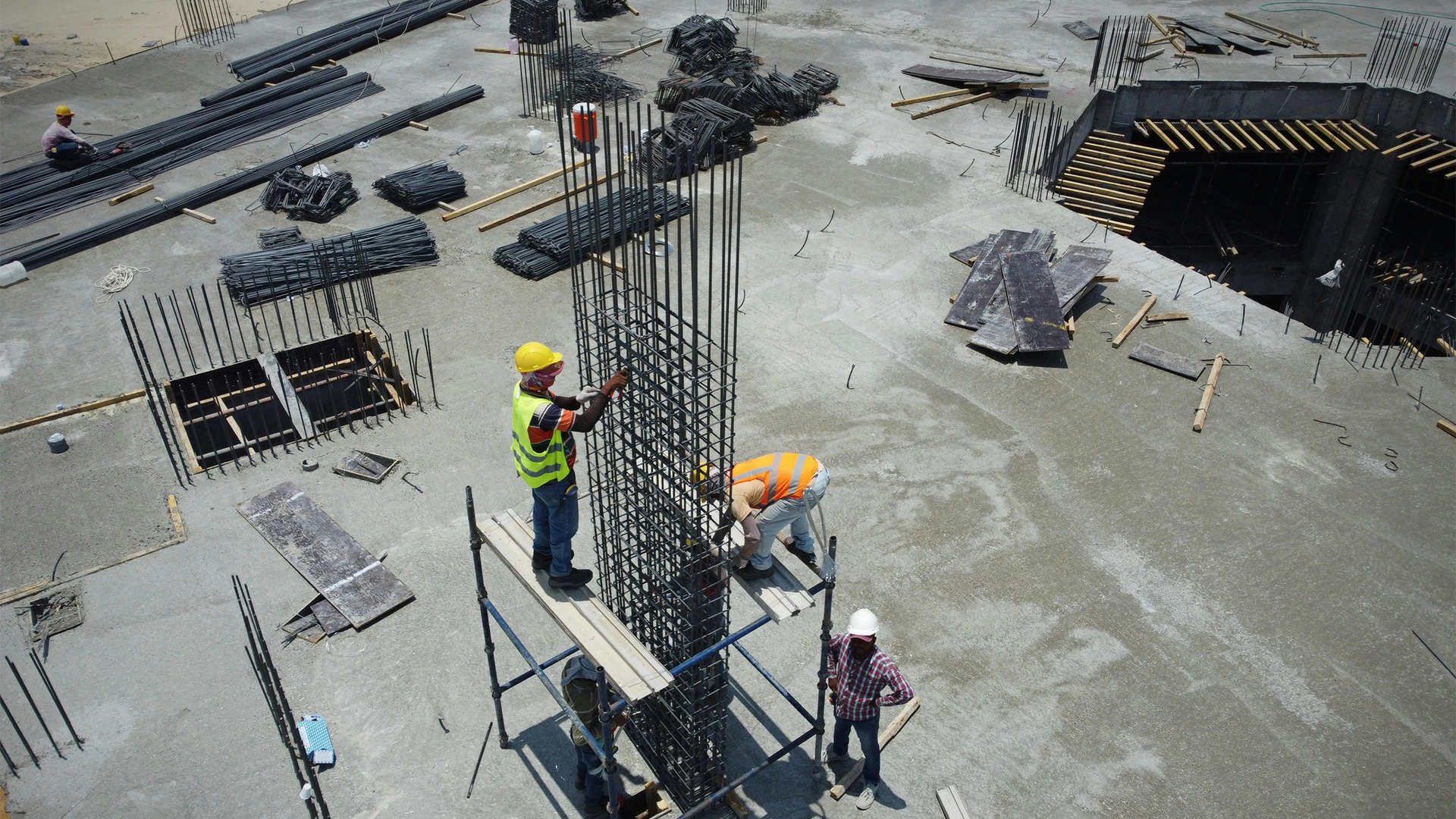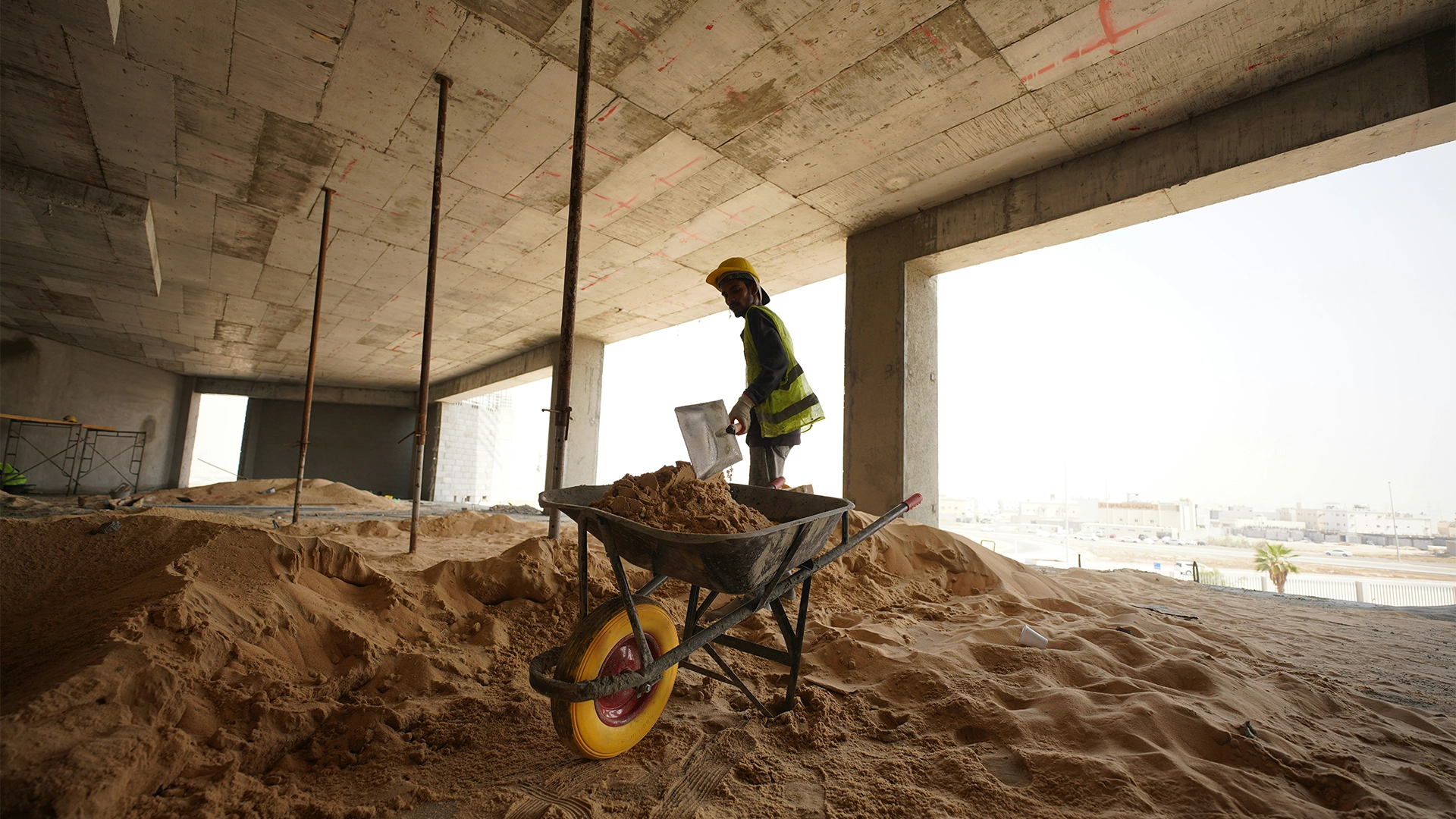Navigating Your Choices: On-Ground vs Suspended Reinforced Concrete Slabs
When it comes to constructing durable and efficient structures, the choice between on-ground and suspended reinforced concrete slabs can significantly impact your project’s success. On-Ground vs Suspended Reinforced Concrete Slabs: What’s Best for Your Project? is not merely a matter of preference; it’s a critical decision that can affect everything from structural integrity to cost efficiency.
In this blog post, we aim to unravel the complexities of this choice, providing you with insights that are essential for making informed decisions. Whether you are a builder, architect, or someone engaged in a construction project requiring structural engineering services, understanding the differences between these two slab types is vital for achieving optimal results.
We’ll explore the fundamental characteristics of on-ground and suspended slabs, including their strengths, weaknesses, and suitable applications. You’ll learn how each option aligns with various project requirements, including load-bearing capabilities and environmental considerations. By the end of this post, you’ll have a clearer picture of which slab type best meets your needs, ultimately guiding you toward a more successful construction outcome.
This topic is especially relevant as it delves into the broader field of structural engineering, where every decision has lasting implications for safety, durability, and performance. At Engineering Sydney, we pride ourselves on providing tailored engineering solutions that take into account the unique challenges of your project.
By understanding the nuances of on-ground and suspended reinforced concrete slabs, you can make more informed choices that enhance your project’s success. Ready to dive deeper? Don’t hesitate to contact us for expert guidance tailored to your specific needs. We’re here to help you navigate these choices with confidence.
What are On-Ground vs Suspended Reinforced Concrete Slabs: What’s Best for Your Project?
When embarking on a construction project, a pivotal decision often lies in choosing between on-ground and suspended reinforced concrete slabs. These two types of slabs serve as the foundation for various structures, but each has distinct characteristics that may make one more suitable than the other for your specific needs. Essentially, on-ground slabs are directly poured onto the ground, creating a solid base that is typically less expensive and easier to install. In contrast, suspended slabs are elevated above the ground, supported by beams or columns, which can provide additional structural benefits, especially in areas with poor soil conditions or when dealing with uneven terrain.

The key components of on-ground slabs include their simple construction process and low cost, making them ideal for single-storey buildings and residential projects. On the other hand, suspended slabs are engineered to carry greater loads and can span wider distances, making them more appropriate for multi-storey buildings and commercial applications. This distinction is crucial; if you’re looking to maximise space or support heavier structures, suspended slabs may be the way to go. Think of it like choosing between a solid table resting directly on the floor versus a cantilevered shelf that juts out from a wall; both serve their purpose, but their applications vary significantly. Understanding which option is right for your project often requires Structural Analysis & Design, ensuring that the chosen slab type meets all safety, functionality, and performance requirements.
In the context of structural engineering, understanding the differences between on-ground vs suspended reinforced concrete slabs is vital for ensuring that the chosen method aligns with the design requirements and safety standards of your project. Engineering Sydney prides itself on delivering customised solutions that cater to your unique needs, advising on whether on-ground or suspended slabs would yield the best results based on factors such as site conditions, budget, and intended use.
It’s also worth noting some common misconceptions. Many assume that on-ground slabs are always the cheaper option, but this isn’t universally true. Factors such as soil stability, drainage requirements, and long-term durability can dramatically influence the overall cost and effectiveness of the slab type you choose. Therefore, consulting with experienced professionals at Engineering Sydney can provide clarity and ensure that you make an informed decision that best suits your project goals.
Essential Terms for Understanding On-Ground vs Suspended Slabs
To navigate the complexities of choosing between on-ground and suspended reinforced concrete slabs, it’s crucial to familiarise yourself with some key terms. Here are important concepts that will enhance your understanding of these construction methods.
On-Ground Slab
An on-ground slab is a concrete slab that is poured directly on the ground surface, typically used for buildings where the ground is stable and level enough to support the load without additional structural support beneath it. This type of slab is often simpler and more cost-effective for low-rise buildings and residential projects, making it a popular choice in suitable conditions. It’s relevant to the discussion of On-Ground vs Suspended Reinforced Concrete Slabs: What’s Best for Your Project? as it directly impacts the foundation choice for your construction needs.
Suspended Slab
A suspended slab is a concrete slab that is supported by beams or walls, creating a floor that is elevated above the ground. This design is often used in multi-storey buildings or areas where the ground conditions are not ideal for a traditional on-ground slab. Understanding suspended slabs is essential when considering your project’s structural integrity and overall design, particularly in urban environments where space and ground conditions can be challenging.
Load-Bearing Capacity
Load-bearing capacity refers to the maximum weight a slab can support without compromising its structural integrity. This is a critical factor when deciding between on-ground and suspended slabs, as it influences the design and material choices for your project. Knowing the load-bearing capacity of both options will help you make informed decisions based on the intended use of the structure.
Foundation Type
The foundation type is the structural element that supports the building and transfers its loads to the ground. It is essential to understand the different foundation types available, as they will determine the suitability of on-ground or suspended slabs for your project. This knowledge helps ensure that your chosen design meets safety and durability requirements.
Thermal Performance
Thermal performance refers to how well a building material retains or resists heat. On-ground slabs typically offer better thermal performance than suspended slabs, which can lead to energy efficiency benefits in residential buildings. Understanding thermal performance is important when evaluating the long-term sustainability of your project.
Soil Bearing Capacity
Soil bearing capacity is the ability of soil to support the loads applied to the ground. This factor is crucial when deciding between on-ground and suspended slabs, as it determines whether the soil can adequately support the weight of your structure. Assessing soil bearing capacity ensures that your project remains safe and structurally sound.
Construction Time Frame
The construction time frame is the estimated duration required to complete the building process. On-ground slabs may offer shorter construction times compared to suspended slabs due to their simpler installation process. Understanding the time frame can help you plan your project timeline more effectively.
Grasping these terms is vital for making informed decisions regarding your construction project. By understanding the implications of on-ground versus suspended reinforced concrete slabs, you can ensure that your project is both structurally sound and tailored to your specific needs.
Frequently Asked Questions about On-Ground vs Suspended Reinforced Concrete Slabs
To help you make an informed decision regarding your project, we’ve compiled answers to some of the most common questions about On-Ground vs Suspended Reinforced Concrete Slabs.
On-ground slabs are constructed directly on the ground and are typically used for structures where the ground conditions are stable. In contrast, suspended slabs are raised above the ground, supported by beams or columns, making them suitable for areas with varying ground conditions or where space beneath the slab is required.
Choosing an on-ground slab is ideal when you have a strong, stable foundation and minimal risk of ground movement. This option is often more economical and quicker to construct, making it suitable for residential buildings, warehouses, and other structures where ground conditions are favourable.
Suspended slabs provide greater flexibility in design, allowing for the creation of spaces beneath the slab, such as basements or parking areas. They are also advantageous in locations with poor soil conditions or where drainage is a concern, as they keep the structure elevated from potential water damage.
Generally, on-ground slabs tend to be less expensive due to their simpler construction process. However, suspended slabs may incur higher costs due to additional materials and labour required for support structures, but they can be justified by the benefits they offer in specific site conditions.
On-ground slabs may require less maintenance over time, but they can be susceptible to moisture-related issues if not properly designed for drainage. Suspended slabs, while potentially more complex, can also provide easier access for maintenance of underlying utilities and drainage systems.
While both types of slabs can be used for various projects, the choice depends on specific site conditions, structural requirements, and intended use. Consulting with a structural engineer can help you determine which option is most suitable for your project needs.
We hope these FAQs have clarified some of your queries about On-Ground vs Suspended Reinforced Concrete Slabs: What’s Best for Your Project? If you have further questions, feel free to reach out to us at Engineering Sydney for expert guidance.
Making the Right Choice for Your Project
In conclusion, choosing between On-Ground and Suspended Reinforced Concrete Slabs is a critical decision that can significantly impact your project’s overall success. Throughout this article, we have explored the advantages and disadvantages of both options, considering factors such as site conditions, load-bearing requirements, and cost-effectiveness. Understanding these elements is essential for making an informed choice that aligns with your project’s specific needs.
The insights provided into On-Ground vs Suspended Reinforced Concrete Slabs: What’s Best for Your Project? highlight the importance of evaluating each method in the context of your unique circumstances. Whether you’re dealing with limited space or specific engineering challenges, this knowledge empowers you to select the most suitable slab design, ultimately leading to a more efficient and successful construction process.
At Engineering Sydney, we are committed to delivering tailored solutions that meet your structural engineering requirements. Our expertise in analysing and designing various types of structures ensures that you receive the best advice for your project. We encourage you to apply the insights gained from this discussion and consider how they can influence your upcoming decisions.
For further assistance or to explore this topic in more depth, we invite you to contact us. Our team is ready to collaborate with you, helping you navigate the complexities of structural engineering and achieve your project goals. Remember, making the right choice now can lead to lasting benefits in the future.

